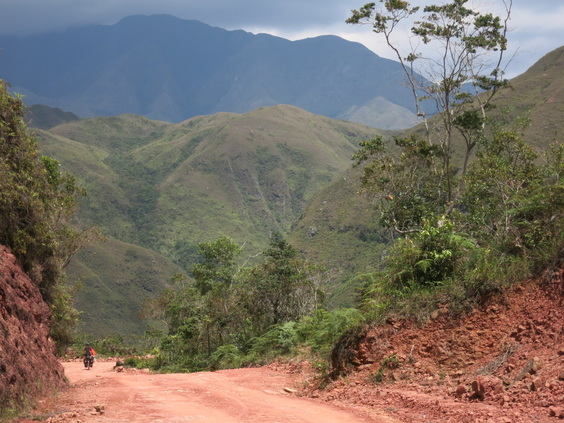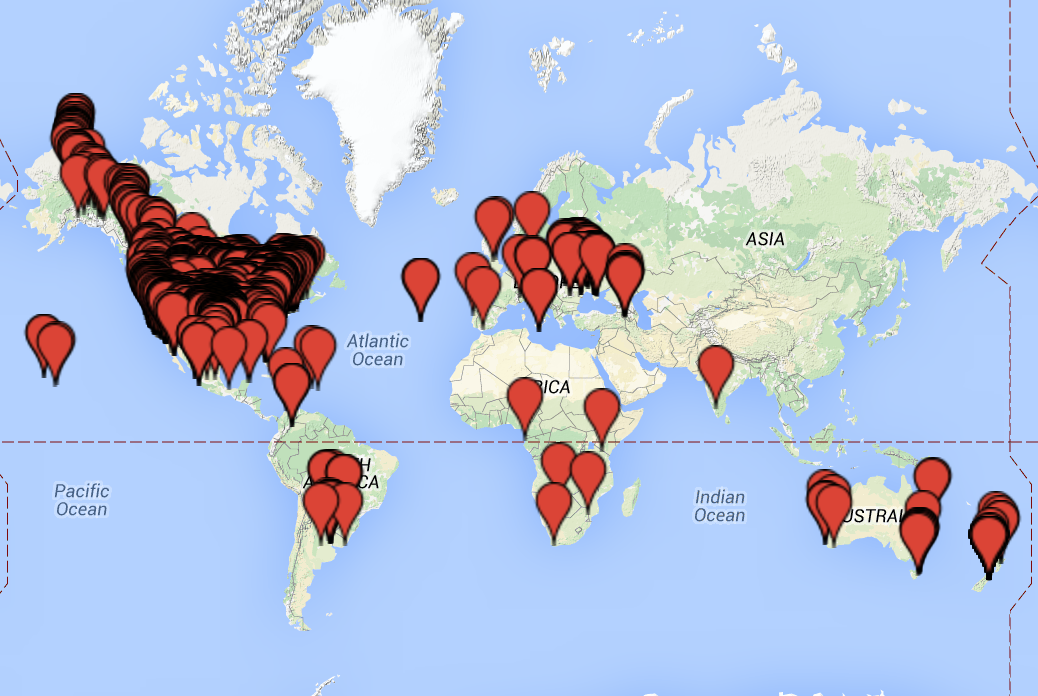By Grace Kay Matelich
ASC Intern
No one loves driving down the road and seeing an animal plastered to the pavement or, worse, flattening one themselves. There is no denying that we share the Earth with these animals—but perhaps we don’t share enough.
The United States alone has more than 4 million miles of roads. Whether a highway or a country lane, these throughways divide wildlife habitats, making the likelihood of an animal-vehicle collision greater than ever before.
ASC Intern
No one loves driving down the road and seeing an animal plastered to the pavement or, worse, flattening one themselves. There is no denying that we share the Earth with these animals—but perhaps we don’t share enough.
The United States alone has more than 4 million miles of roads. Whether a highway or a country lane, these throughways divide wildlife habitats, making the likelihood of an animal-vehicle collision greater than ever before.
It is estimated that anywhere between 725,000 and 1.5 million animal-vehicle crashes occur in the United States per year, resulting in an average of 200 human fatalities and costing $8 billion in damages. Not surprisingly, thousands of animal deaths go unreported each year, but in 2008, the Federal Highway Administration reported that between one and two million large animals are killed annually. However, these estimates vary greatly—one more reason why collecting roadkill data is so important.
ASC is working with a partner scientist at the University of California-Davis Road Ecology Center to learn more about roadkill worldwide. Our athletes—mostly cyclists and runners—are gathering data to help the center determine which species are most affected and whether roadkill “hotspots” exist. The project’s ultimate goal is to reduce the number of vehicle-caused animal deaths.
So far, 305 people have collected 3,628 data points for the ASC’s Roadkill Project. Check out our roadkill map here:
So far, 305 people have collected 3,628 data points for the ASC’s Roadkill Project. Check out our roadkill map here:
Animal-vehicle collision numbers are highest in the spring and fall, so stay alert as warm weather approaches.


